NPR modems FOR SALE: https://www.elekitsorparts.com/product/npr-70
Low prices (79$ fully assembled). International shipping.
Note for USA: Due to CFR 47 Part 97 FCC regulations, for the 70cm amateur radio band (restriction to 100kHz and 56kBaud), only the setting "modulation 20" of NPR-70 seems to be legal in USA. Please always check your local amateur-radio regulation before buying and using NPR70.
Modulation 20: Symbol Rate 50kS/s, bandwidth 100kHz, raw datarate 100kb/s raw, usable datarate 65kb/s.
If you want to discuss about NPR:
- via e-mail : f4hdk[at]free[dot]fr
- Public discussion English : the public chat room
- Public discussion French : Electrolab forum
- Mailing list (mainly USA) : groups.io
- Mailing list (mainly Europe) : groups.io
watch full screen.
Documentation
PCB Design (Gerbers, BOM, etc...)
| PCB v02 | BOM Easy to provision Total cost ~80 euros per modem |
BOM (Bill Of Materials) |
PCB files | release note |
| PCB v03 | Cheaper BOM Total cost ~65 euros per modem |
BOM (Bill Of Materials) |
PCB files | release note |
| PCB v04 | Old version sold by Funtronics. Obsolete do not use. |
- |
PCB files | release note |
| Add-on SRAM board | for PCB v04 only | - |
PCB files | release note |
| PCB v05 | New version for Funtronics. Fits Funtronics enclosure |
BOM (Bill Of Materials) |
PCB files | release note |
Modem Firmware : binaries and sources
| Stable version 2020_02_23 |
Beta version 2020_06_29 |
| Binary file, band 70cm | Binary file, band 70cm |
| Binary file, band 2m | Binary file, band 2m |
| Release note | Release note |
| Source code | Source code |
 f4hdk
f4hdk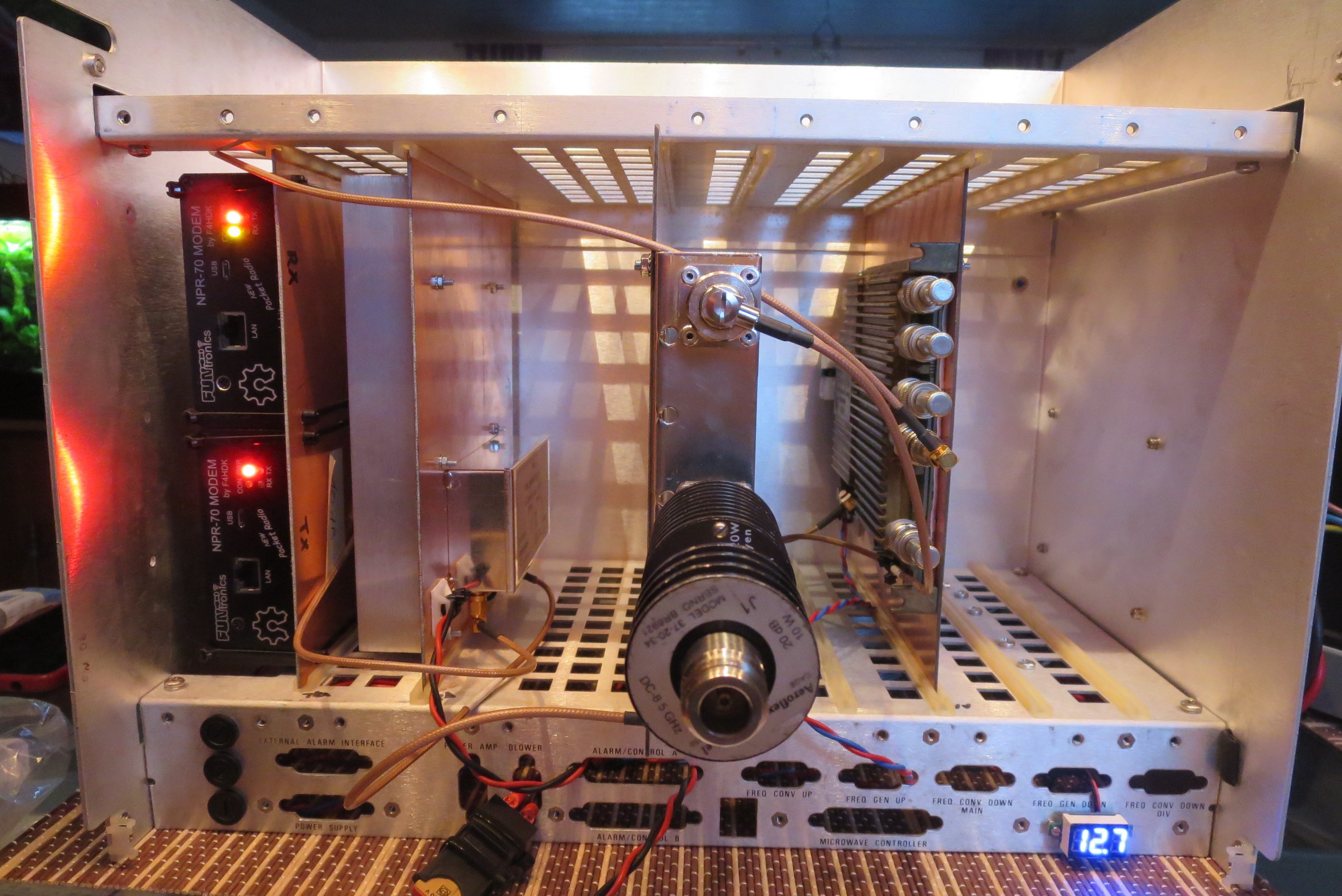

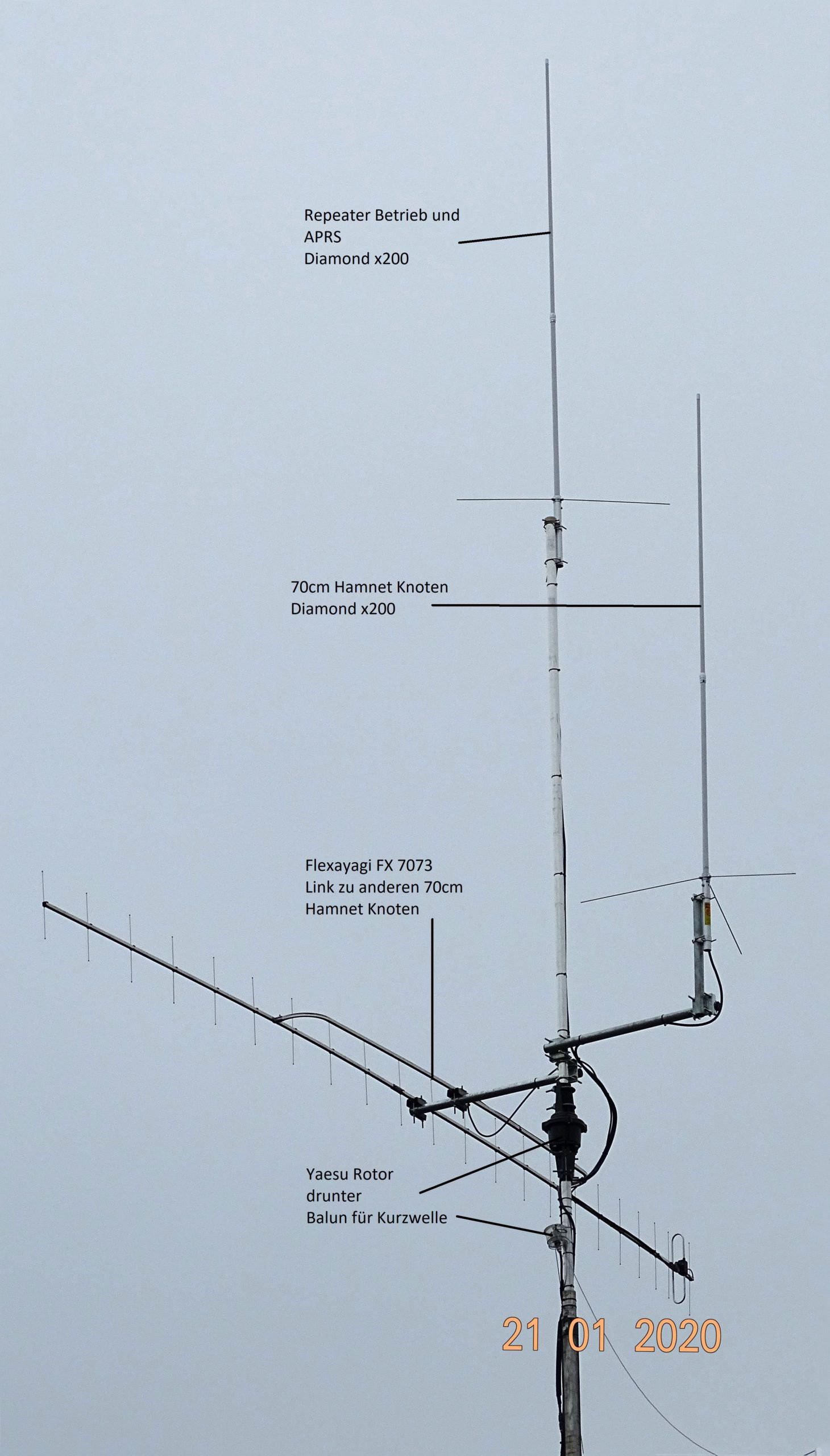

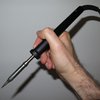








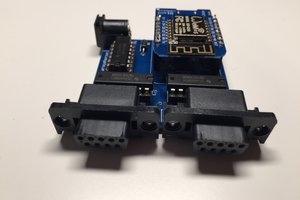
 Ricardo Quesada
Ricardo Quesada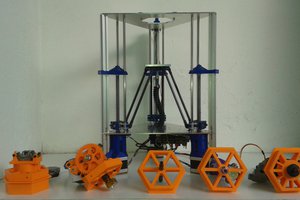
 Diyouware
Diyouware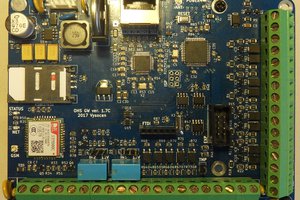
 vysocan76
vysocan76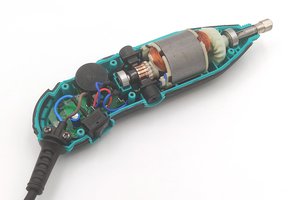
 Vitaly
Vitaly
Intersymbol Interference is better with OFDM, but maybe 8PSK as used in 280kHz wide EDGE/GSM is possible too.